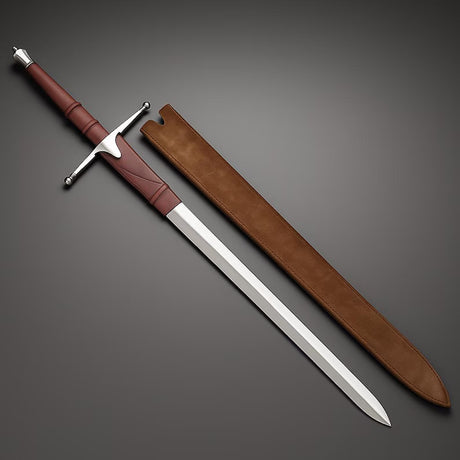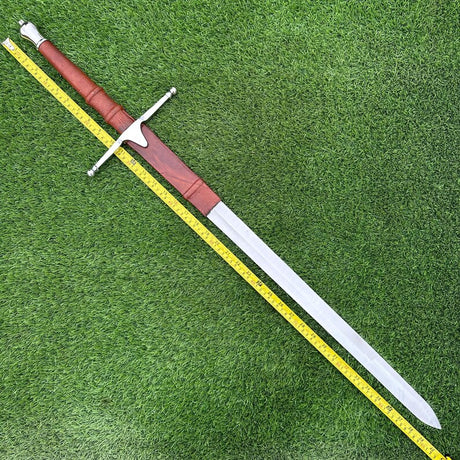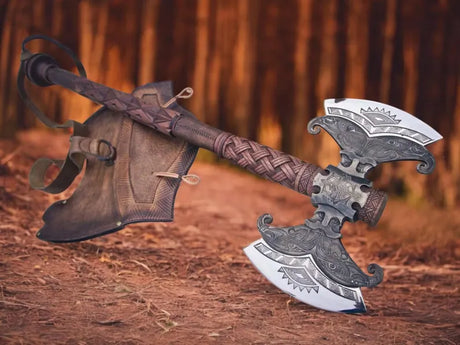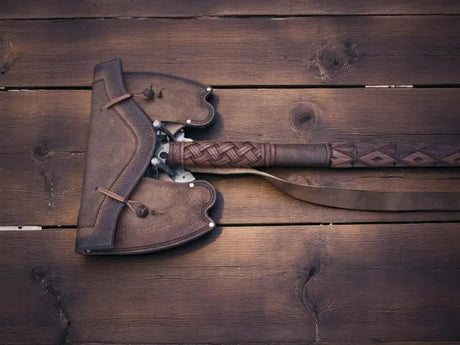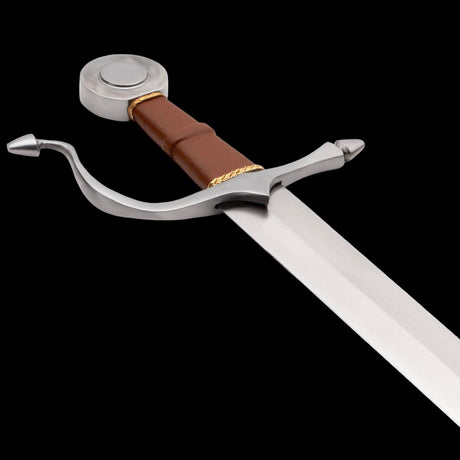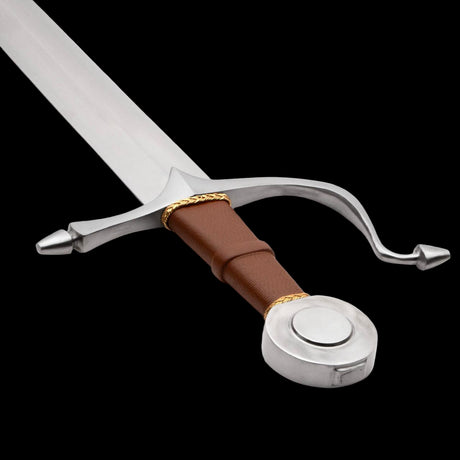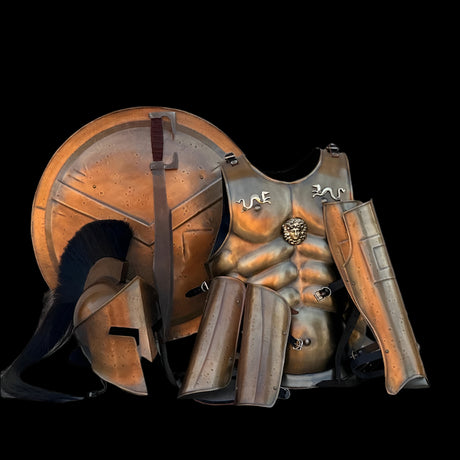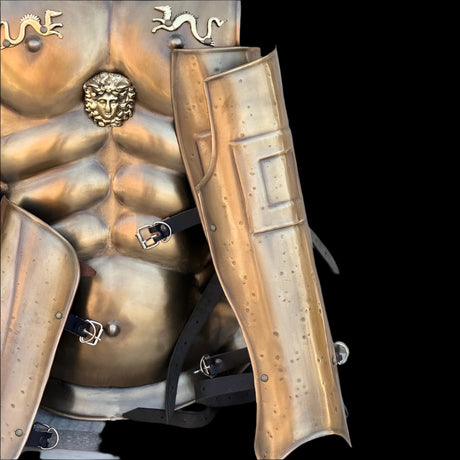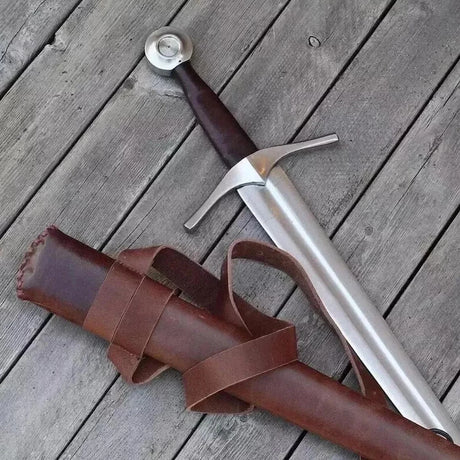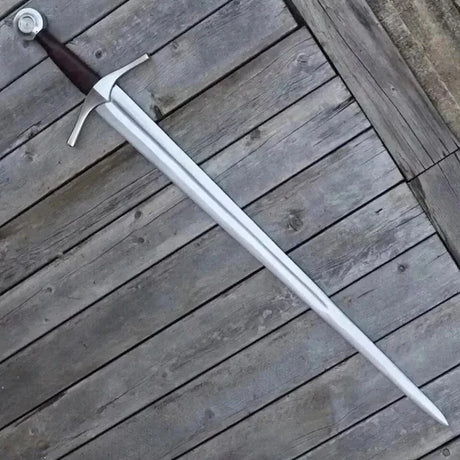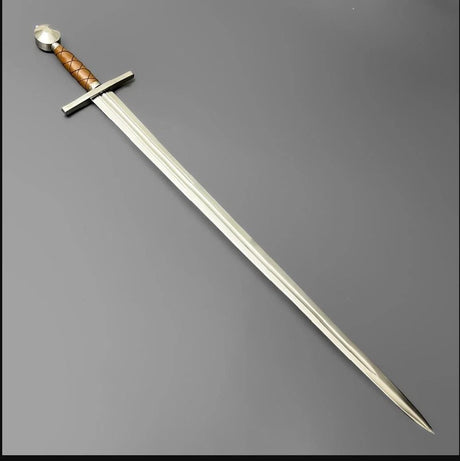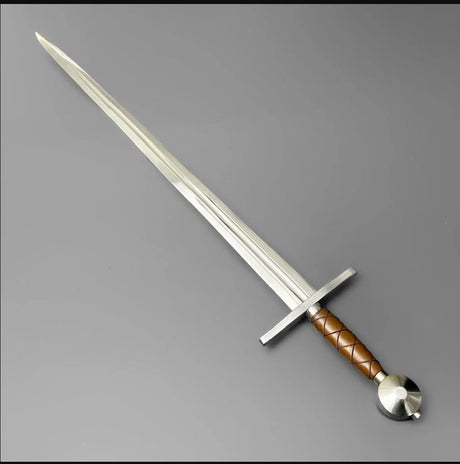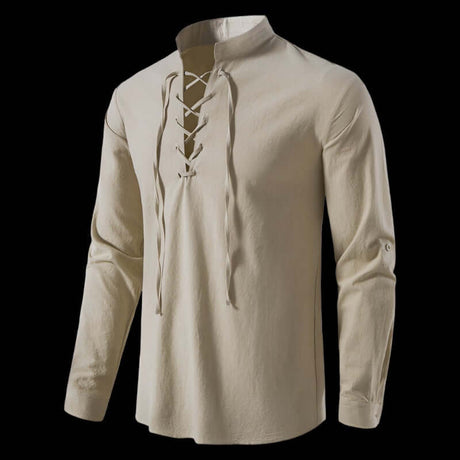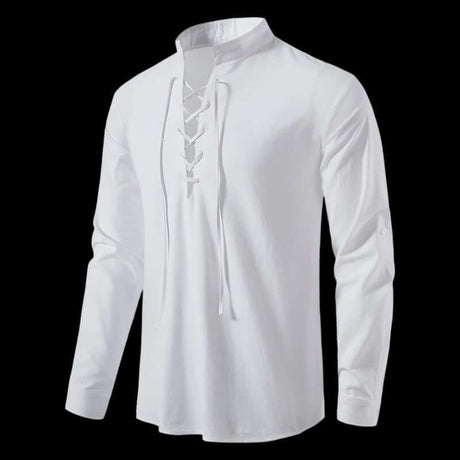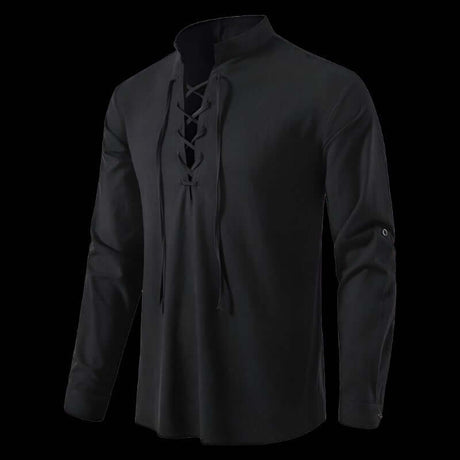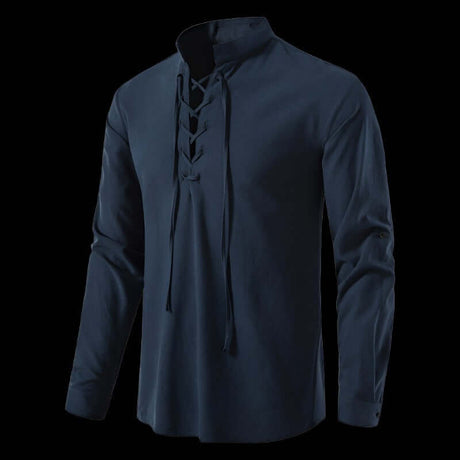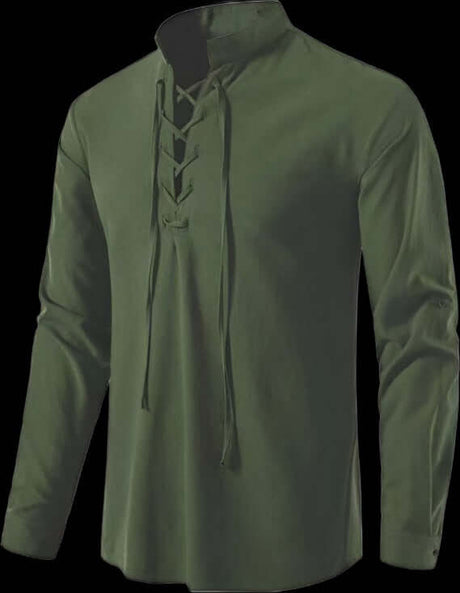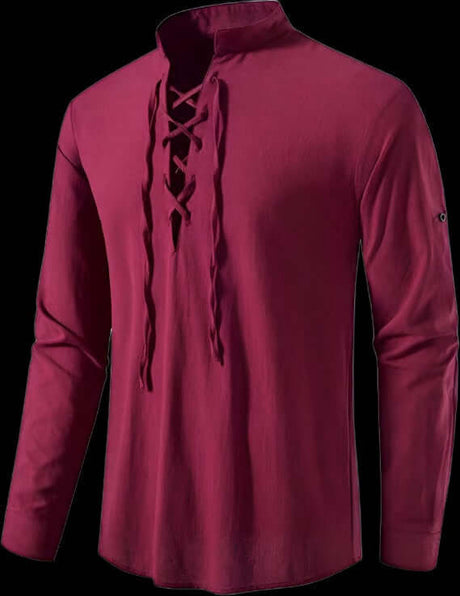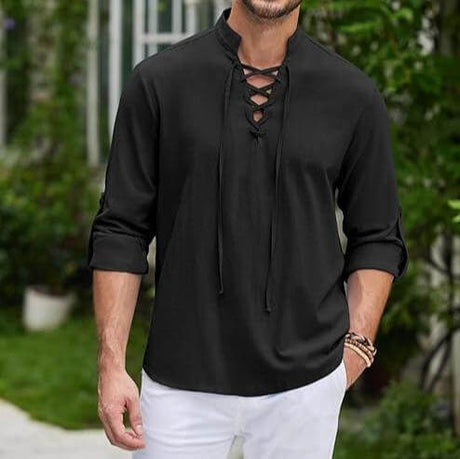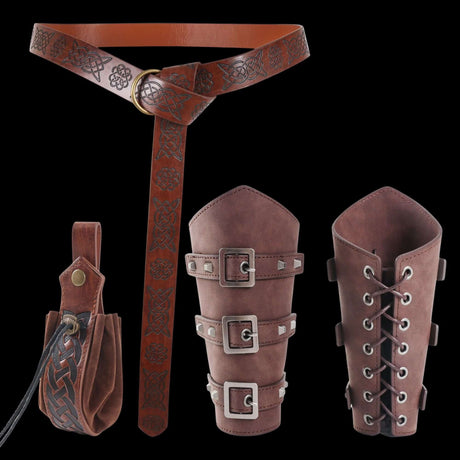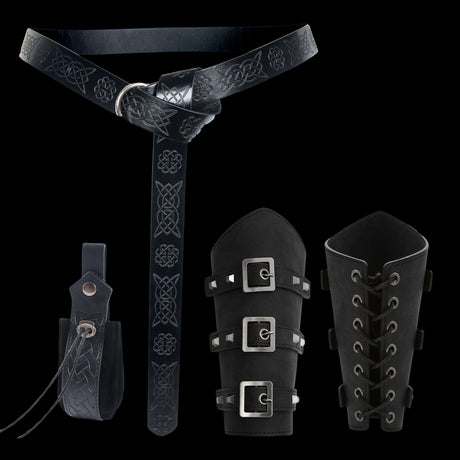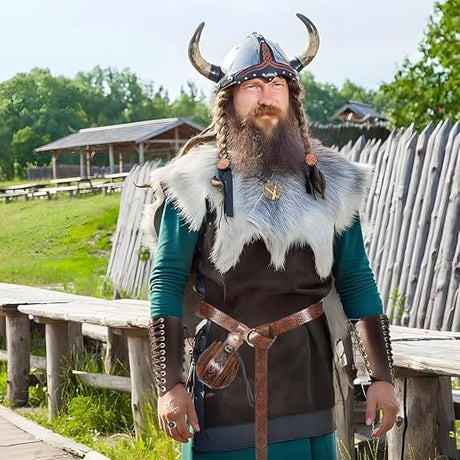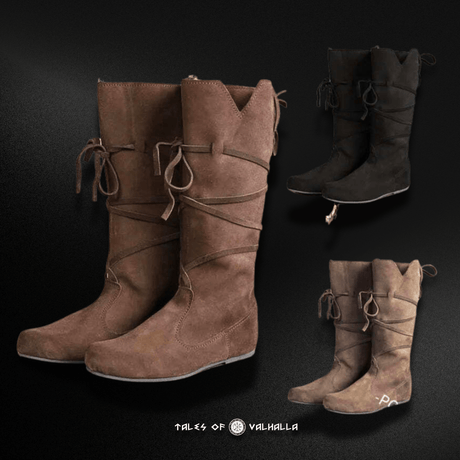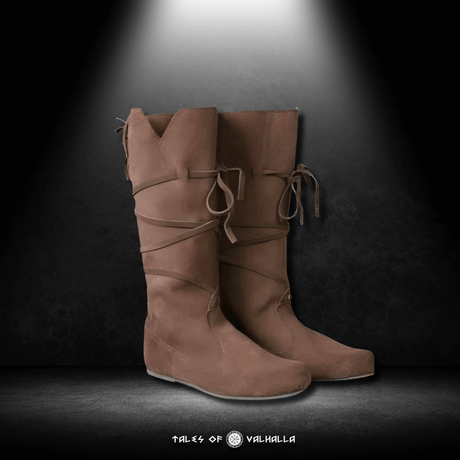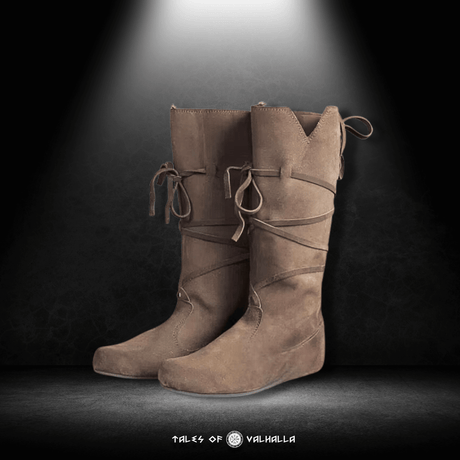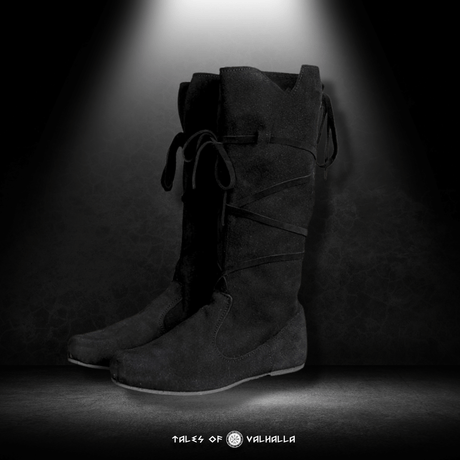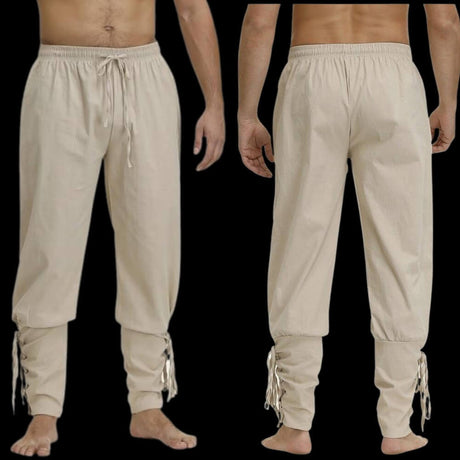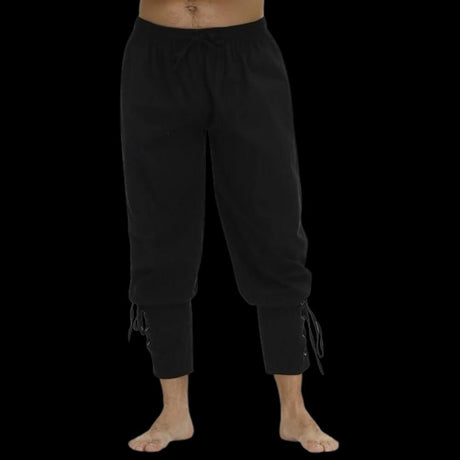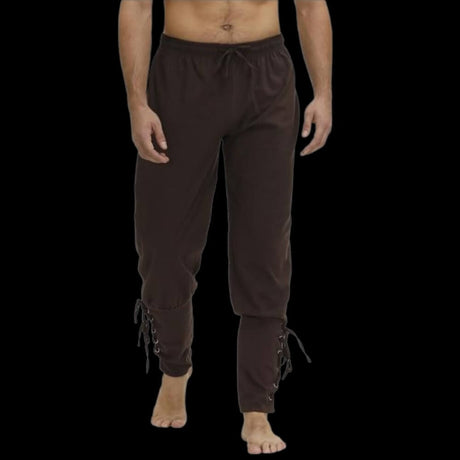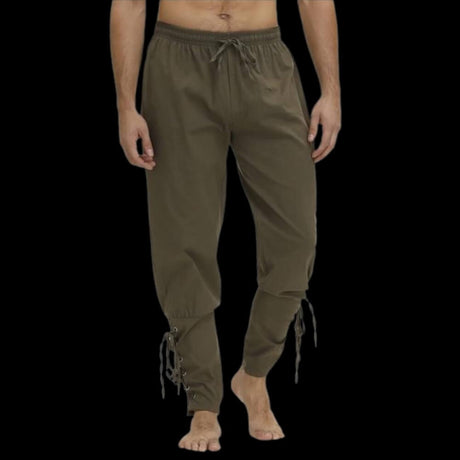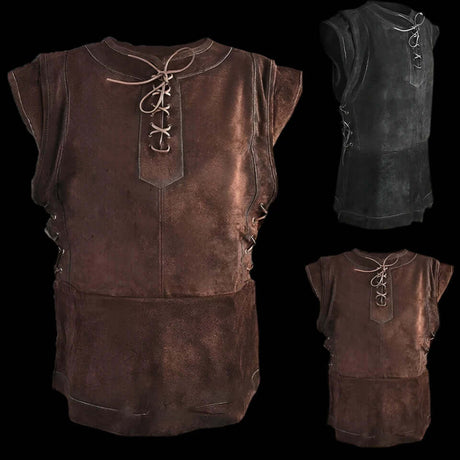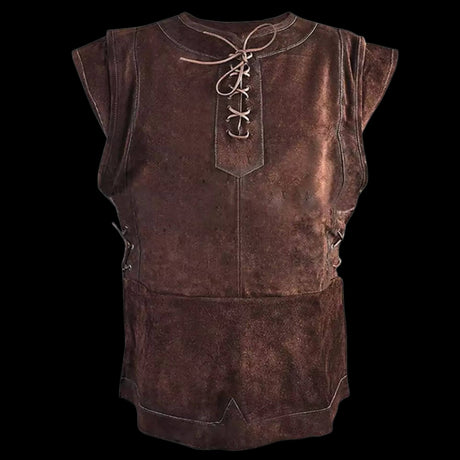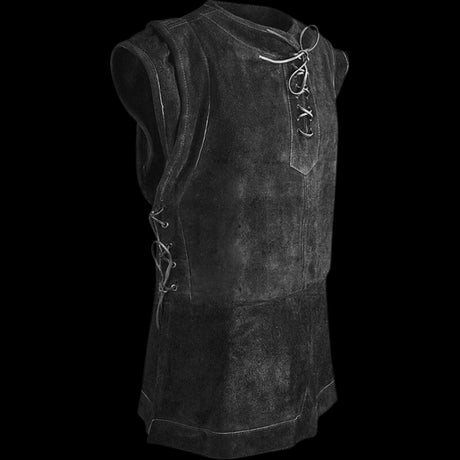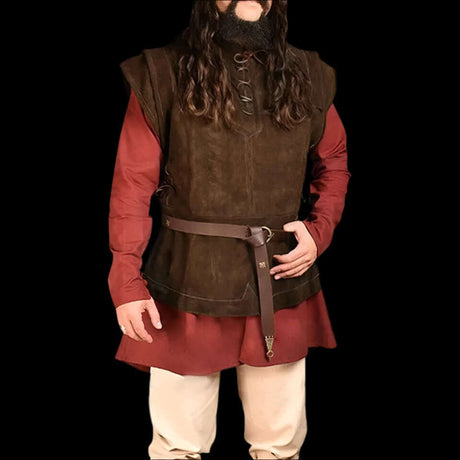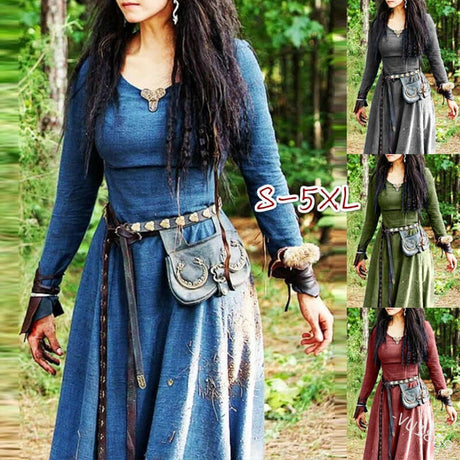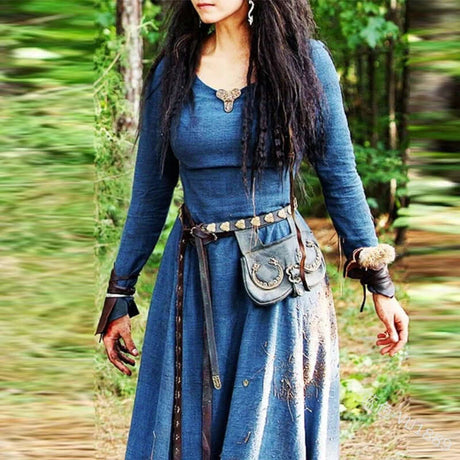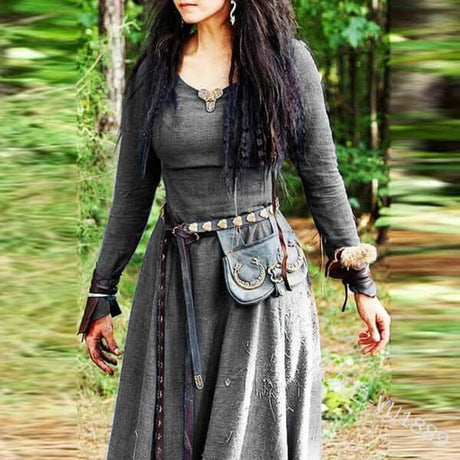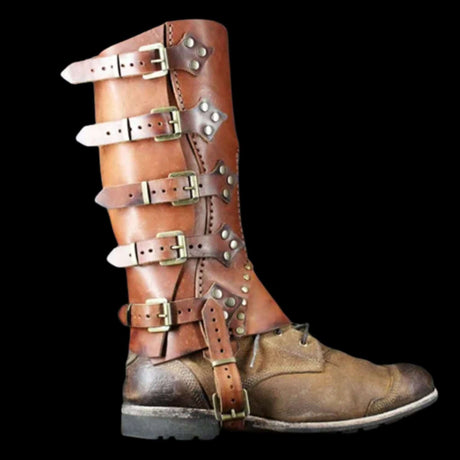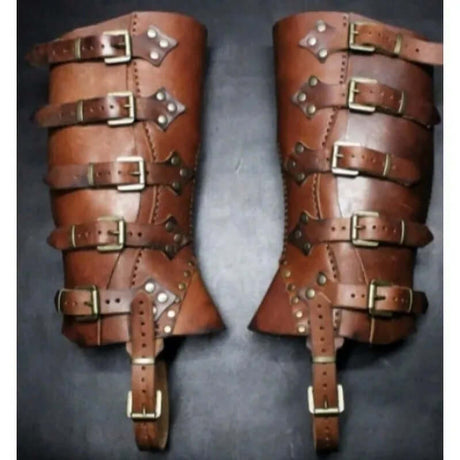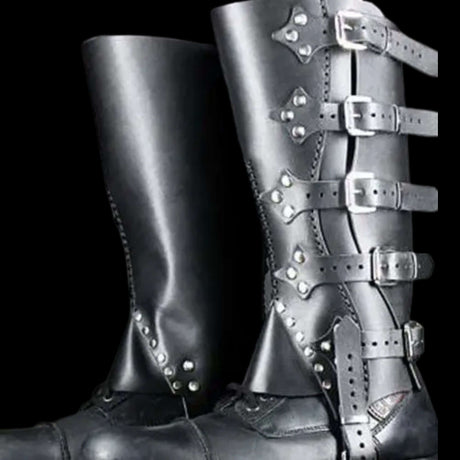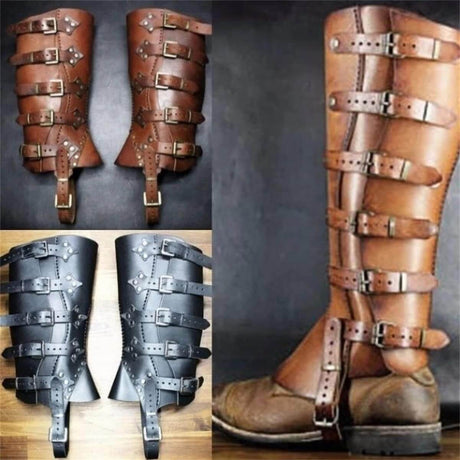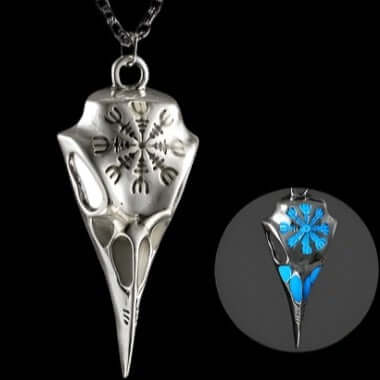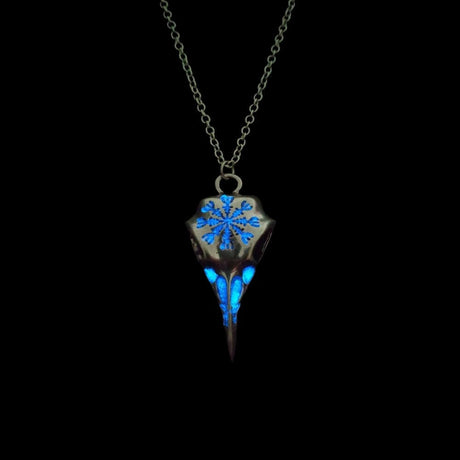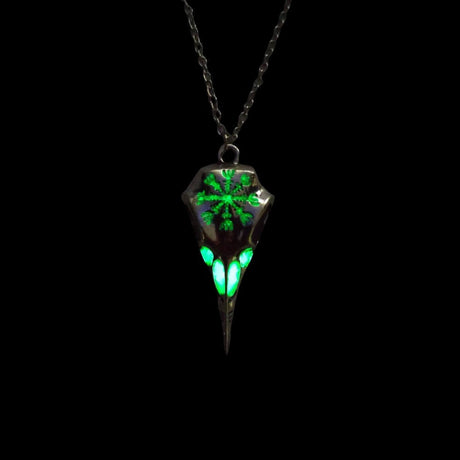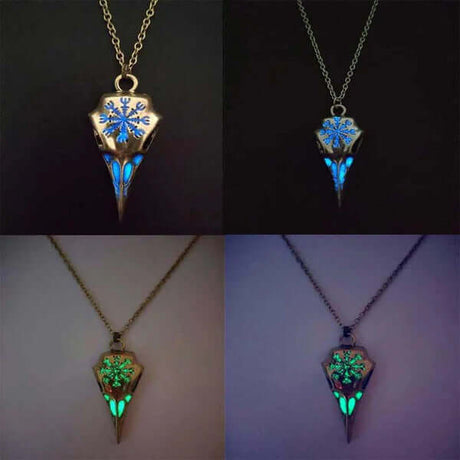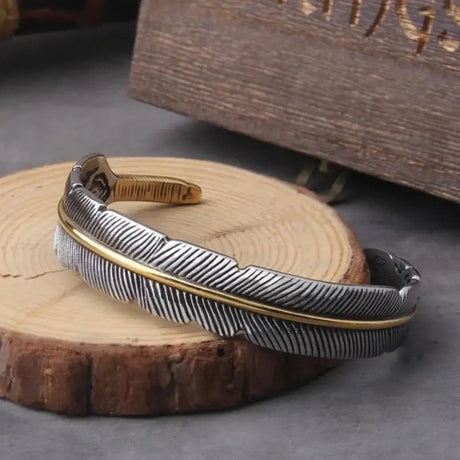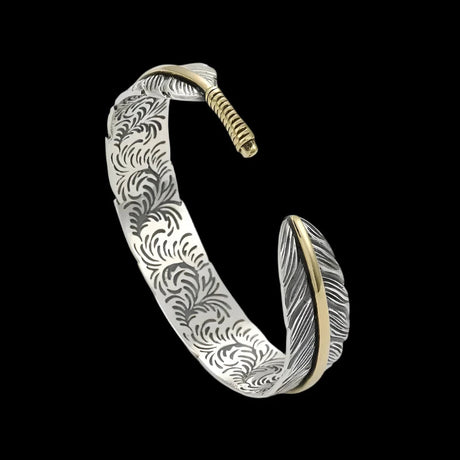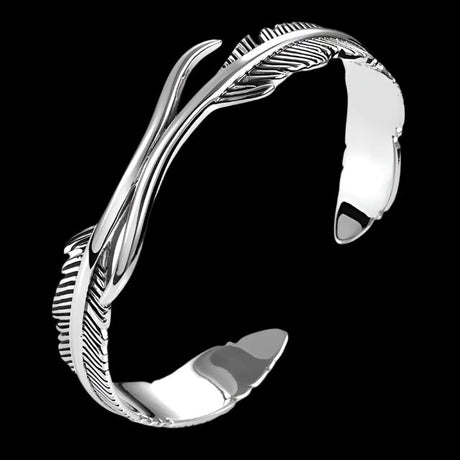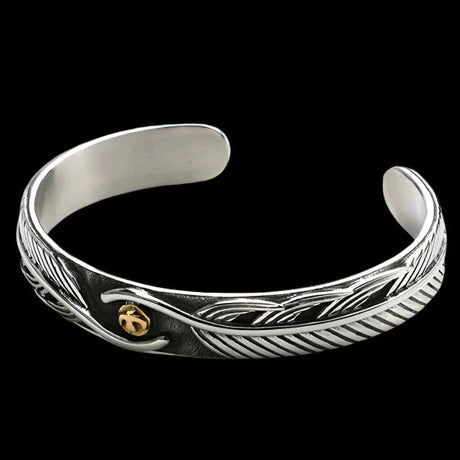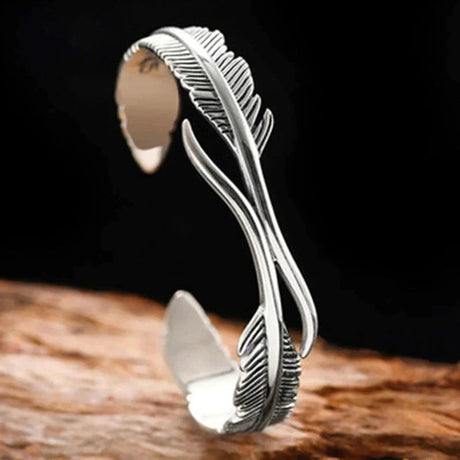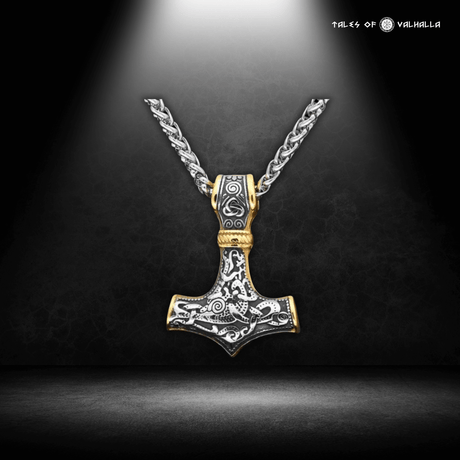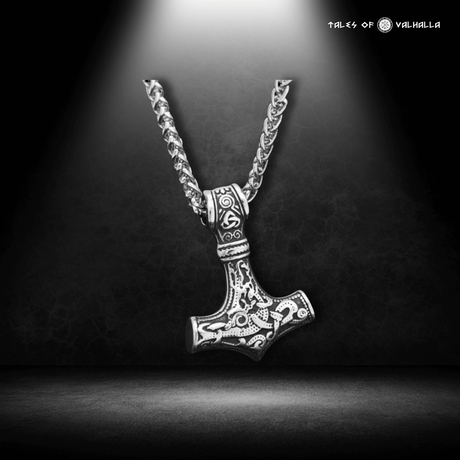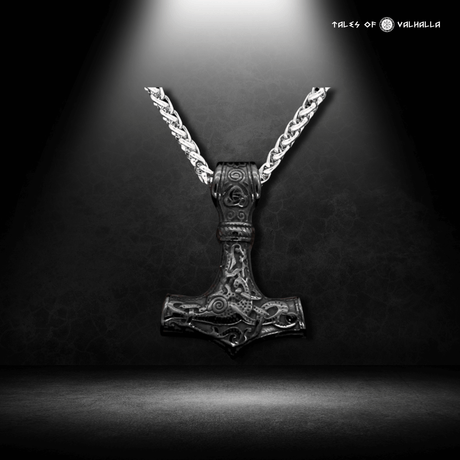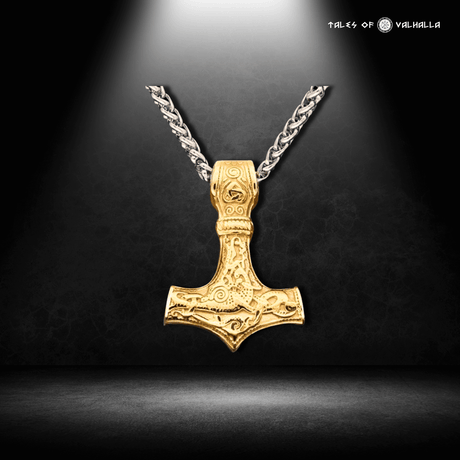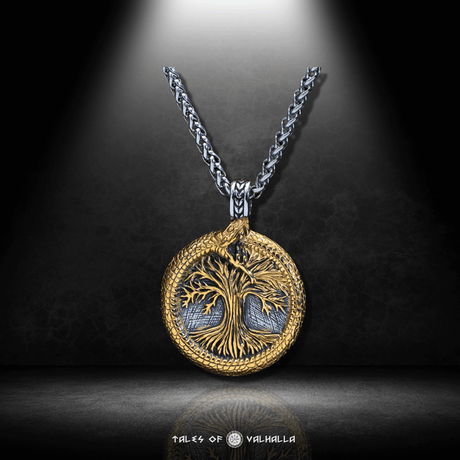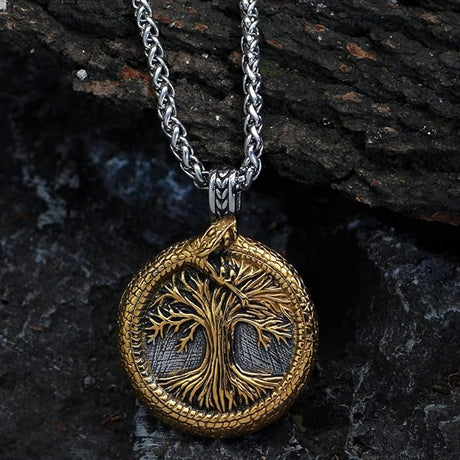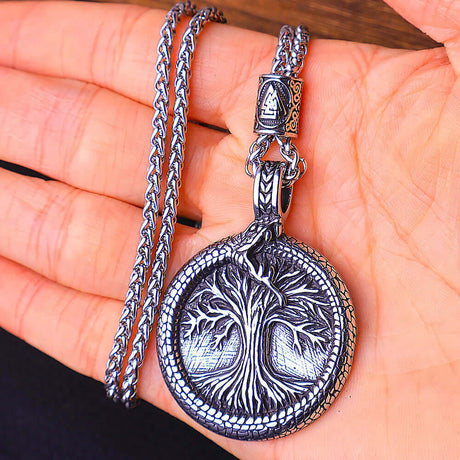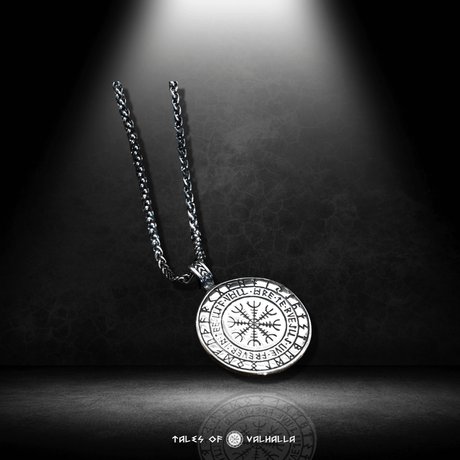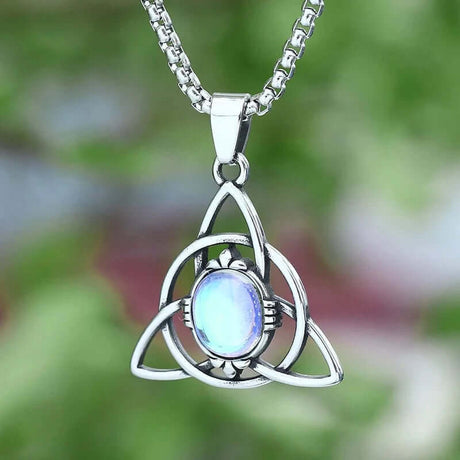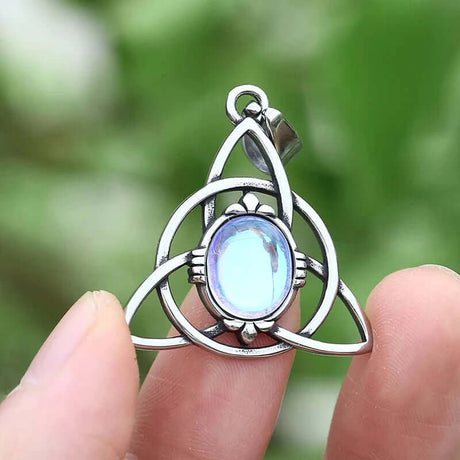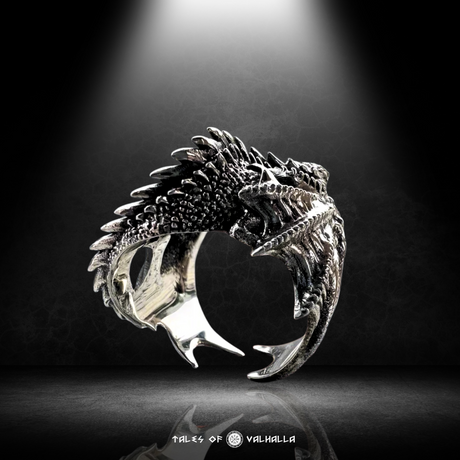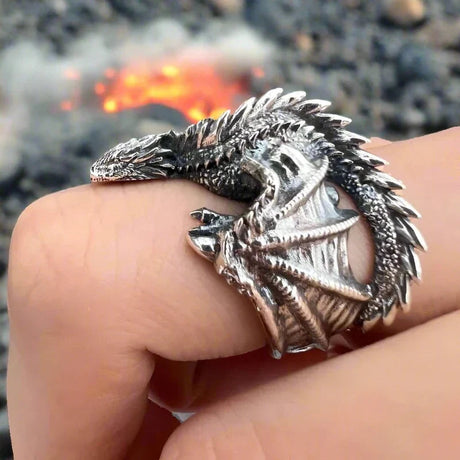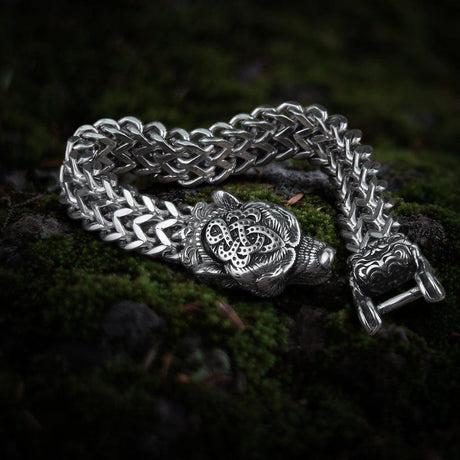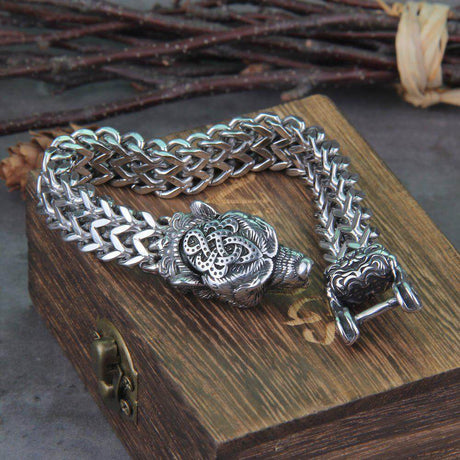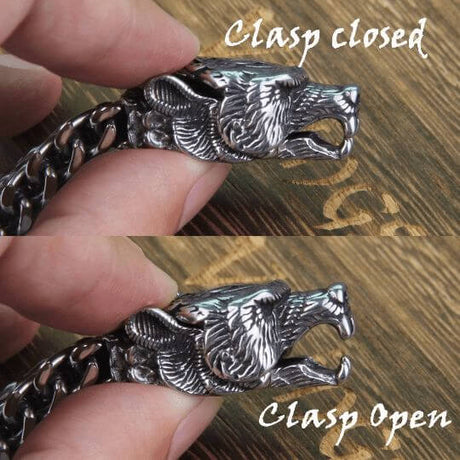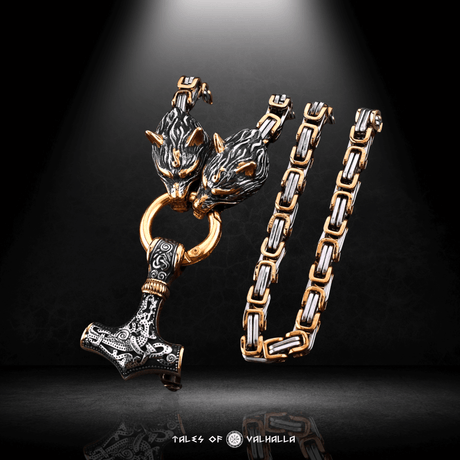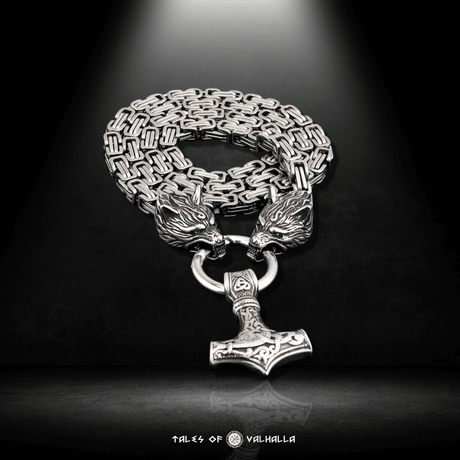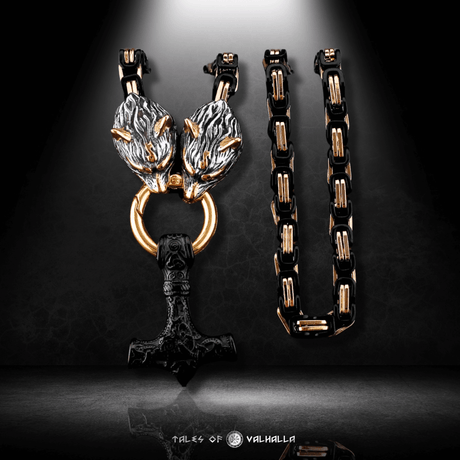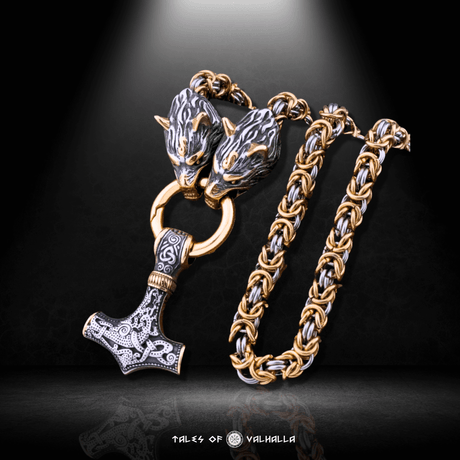In the rugged, often unforgiving world of the Viking Age, a person's word was their bond, and an oath sworn was a force as powerful as the sharpest steel. We often picture Vikings through the lens of their raids and battles, but beneath the surface lay a complex society built on intricate social codes, deep-seated beliefs, and the profound weight of promises. Central to this structure was the Viking Oath – a sacred commitment that shaped alliances, defined loyalties, administered justice, and connected the mortal realm to the divine.
But what truly gave a Viking Oath its formidable power? Was it merely social pressure, or something deeper? How were these oaths sworn, what forms did they take, and what terrible fate awaited those who dared to break their word? This exploration delves into the heart of Norse culture to uncover the history, rituals, and enduring significance of the Viking Oath, revealing why these sworn promises were considered unbreakable bonds in the age of the Norsemen. Understanding the gravity of a Viking Oath is crucial to understanding the Viking mindset itself.
The Foundation of Trust: Why Oaths Mattered So Deeply in Viking Society
In a time before widespread literacy and complex legal documents, the spoken word held immense power. Reputation, honor, and trust were the currencies upon which Viking society functioned, and oaths were the bedrock of these crucial elements.

Why Oaths Mattered So Deeply in Viking Society
An Oral Culture: Where Words Were Binding
The Viking Age was primarily an oral culture. Stories, laws, genealogies, and agreements were passed down through spoken word and memory.
- The Weight of Speech: In such a environment, a formally sworn statement, a Viking Oath, carried extraordinary weight. It wasn't just a casual promise; it was a public declaration witnessed by the community and often by the gods themselves. There was no easily referenced written contract to fall back on, making the integrity of the spoken oath paramount.
- Reputation (Dómr): A Viking's reputation, their dómr (judgment or renown, both in life and after death), was perhaps their most valuable possession. Upholding oaths was essential to maintaining a good dómr. Breaking a Viking Oath irrevocably damaged one's reputation and social standing.
Social Order and Cohesion: Building Bonds in a Harsh World
Viking society, particularly in the earlier periods, was often fragmented, consisting of independent communities, chieftains, and families vying for resources and influence. Oaths provided a vital mechanism for creating stability and cooperation.
- Forging Alliances: Oaths were used to solidify alliances between chieftains, families, or warbands. A sworn Viking Oath created a bond of mutual support and defense, essential for survival in a competitive world.
- Maintaining Loyalty: Leaders relied on oaths of fealty from their warriors (hird) to ensure loyalty and service. These oaths formed the basis of the leader-follower relationship, crucial for military success and political stability.
- Establishing Trust: In trade, legal matters, and personal relationships, oaths provided a foundation of trust where formal institutions were less developed. A Viking Oath was a guarantee of intent and honesty.
The Pillar of Honor: A Code to Live (and Die) By
Honor was a cornerstone of the Viking ethos. It encompassed courage, loyalty, generosity, and, crucially, keeping one's word.
- Personal Integrity: A Viking's sense of self-worth was deeply tied to their honor. Breaking a Viking Oath was not just a social transgression; it was a deep personal failing, a betrayal of one's own integrity.
- Social Consequences: Dishonor brought social ostracization. An oath-breaker could lose respect, trust, and their place within the community. The consequences were severe and far-reaching.
- Worthiness of Valhalla: For warriors, dying honorably in battle was the path to Valhalla. Upholding oaths, even in the face of death, was part of maintaining the honor required to feast alongside Odin. A broken Viking Oath could jeopardize one's fate in the afterlife.
Invoking the Divine: The Sacred Dimension of the Viking Oath
A Viking Oath was rarely just a promise between mortals; it was often a sacred pact witnessed and guaranteed by the powerful Norse gods. This religious dimension added a profound layer of consequence to oath-breaking.

The Sacred Dimension of the Viking Oath
Witnessing Gods: Divine Enforcement
Oaths were frequently sworn invoking the names of specific deities, calling upon them to witness the promise and punish any betrayal.
- Invoking Key Gods: Warriors might swear by Odin (god of wisdom, war, and oaths), Thor (god of strength, protection, and order), or Freyr (god of fertility and prosperity). The choice of deity might reflect the nature of the oath or the individual's personal devotion.
- Fear of Divine Wrath: Breaking a Viking Oath sworn in the name of a god was believed to invite their anger and retribution. This could manifest as misfortune in life, failure in battle, or punishment in the afterlife. The gods were not seen as distant figures but as active forces in the world.
- The Gods as Guarantors: The gods served as the ultimate guarantors of the oath's integrity. Their presence elevated the promise beyond a simple agreement, making it a sacred and binding contract.
Sacred Objects: Adding Physical Weight to Words
The act of swearing a Viking Oath often involved physical contact with sacred or significant objects, further grounding the promise in the material and spiritual world.
- The Oath Ring: The most famous example is the "oath ring" (baugr), typically a large arm ring often made of silver or gold. Archaeological evidence and saga descriptions suggest that oaths, particularly those of fealty or legal testimony, were sometimes sworn while touching or holding such a ring. These rings were often kept in temples or held by chieftains, signifying their sacred or authoritative nature. It's believed the ring symbolized continuity, binding, and wealth. Swearing upon it linked the oath-taker directly to these concepts and the authority the ring represented.
- Weapons: Warriors might swear oaths upon their own sword or axe. This act linked their promise directly to their personal honor, their martial identity, and the tool of their strength. Breaking such a Viking Oath would dishonor not only the warrior but also the weapon itself.
- Holy Sites: Oaths might also be sworn at specific holy sites – a sacred grove, a prominent burial mound, or a temple (hof). The sanctity of the location imbued the oath with additional power and solemnity.
Fate and Wyrd: Weaving Oaths into Destiny
The Norse believed strongly in the concept of wyrd, often translated as fate or destiny. While not strictly deterministic, wyrd represented the underlying course of events, shaped by past actions and influencing the future.
- Oaths as Shaping Wyrd: Swearing a Viking Oath could be seen as an act of actively shaping one's wyrd. By making a binding promise, an individual committed themselves to a specific course of action, influencing their future and potentially the fate of others.
- Interconnectedness: Oaths created threads of obligation and connection within the web of wyrd, linking individuals, families, and communities together. Breaking an oath disrupted this web, causing ripples of consequence.
- Living Up to One's Word: Fulfilling a difficult Viking Oath, even at great personal cost, was seen as acting honorably within the framework of one's fate.
The Rituals of Oath-Taking: Ceremony and Solemnity
While specific details varied, the swearing of a Viking Oath was likely a formal and often public ceremony, designed to emphasize the seriousness of the commitment.
The Oath Ring Ceremony: Binding Loyalty
The use of an arm ring as a focal point for oaths, particularly those of loyalty, is suggested by saga evidence and archaeological finds of temple rings.

The Rituals of Oath-Taking: Ceremony and Solemnity
- Touching the Ring: The oath-taker might physically touch or hold the sacred arm ring while speaking their vow. This physical contact symbolized the binding nature of the promise.
- Possible Blood Ritual: Some sources hint at rituals involving smearing the ring with sacrificial blood before oaths were sworn, although the extent and specifics of this practice are debated among scholars. Blood, representing life force, would add an even deeper, more primal weight to the Viking Oath.
- Public Witness: These ceremonies often took place before witnesses, adding social pressure to uphold the oath.
Public Declarations: Before Gods and Men
Many important oaths were likely sworn publicly, ensuring the community was aware of the commitment.
- The Thing (Assembly): Legal oaths, such as swearing to tell the truth or affirming a contract, were often made at the Thing, the local or regional assembly. This public setting underscored the oath's legal standing.
- Witnesses: Having witnesses present was crucial. They could attest to the oath being sworn and hold the oath-taker accountable later if necessary.
- Formal Language: The wording of a Viking Oath was likely formal and specific, clearly outlining the terms of the promise and invoking the witnessing gods.
Weapon Oaths: A Warrior's Pledge
For warriors, swearing on their primary weapon added a powerful layer of personal commitment.
- Sword or Axe: Placing a hand on the hilt of one's sword or the haft of one's axe while swearing an oath linked the promise directly to their identity as a warrior and their means of defense and livelihood.
- Symbol of Strength: The weapon symbolized the warrior's strength and ability to enforce their word, adding weight to the Viking Oath.
- Story Vignette 1: Swearing Fealty on an Arm Ring:
Young Sven stood before Jarl Magnus in the smoky longhouse, the air thick with anticipation. The Jarl, a man whose Ruling Legacy was built on strength and loyalty, held out a heavy silver arm ring, gleaming dully in the firelight. This was the oath ring of their clan, touched by generations of warriors pledging their lives. Sven placed his hand upon the cool metal, feeling its weight and the history it held. He met the Jarl's gaze. "I swear," Sven's voice rang out, clear and strong, "by Odin, Thor, and Freyr, to serve you faithfully, Jarl Magnus, to follow you in battle and peace, to guard your back and uphold your honor, until my last breath." The assembled warriors murmured their approval. Sven knew the gravity of this Viking Oath. His life, his honor, were now bound to the Jarl and the silver ring.
Types of Viking Oaths: Promises That Shaped Lives
Vikings swore oaths for various reasons, cementing relationships, ensuring justice, and guiding actions.
Oaths of Fealty (Allegiance): The Warrior's Bond
Perhaps the most crucial type of Viking Oath for maintaining social and military structure was the oath of fealty sworn by a warrior to their leader (Jarl or King).

Oaths of Fealty (Allegiance): The Warrior's Bond
- The Hird: This oath formed the basis of the leader's personal retinue or household troops (hird). Warriors pledged loyalty, military service, and protection to their leader.
- Mutual Obligation: In return, the leader swore to provide for their warriors – offering protection, sustenance, and, crucially, a share of wealth (often distributed as rings or other valuables). This created a strong bond of mutual obligation.
Oaths of Blood Brotherhood: Kinship Forged in Ritual
In a society where kinship ties were paramount, the oath of blood brotherhood created a powerful artificial kinship bond between two men who were not related by blood.
- The Ritual: While descriptions vary, the ritual often involved the participants cutting themselves, mingling their blood (sometimes in soil or under a strip of turf), and swearing oaths of mutual loyalty, support, and vengeance as if they were true brothers.
- Unbreakable Bond: This Viking Oath was considered one of the most sacred and binding, creating a loyalty that often surpassed even family ties. Blood brothers were expected to defend each other to the death and avenge each other if slain.
- Story Vignette 2: The Blood Brother Oath:
Erik and Rolf knelt under a raised strip of turf, the damp earth cool beneath their knees. They had fought side-by-side through countless raids, saved each other's lives more times than they could count. Now, they sought to formalize their bond. Each man made a small cut on his forearm, letting the blood well up. They clasped arms, mingling their blood, their eyes locked in fierce loyalty. "I swear," Erik began, his voice thick with emotion, "to be your brother in blood, to stand by you in strife, to avenge your death as my own." Rolf echoed the vow, his grip tightening. "No man shall come between us. Our fates are now woven as one." This Viking Oath, sealed in blood and witnessed by the earth and sky, forged a bond stronger than any steel.
Legal and Commercial Oaths: Justice and Trade
Oaths were essential for the functioning of the Viking legal system and commercial interactions.
- Testimony at the Thing: Individuals involved in legal disputes at the Thing might be required to swear a Viking Oath affirming the truth of their testimony or their claim. False swearing carried severe penalties.
- Contracts and Agreements: In the absence of widespread written contracts, oaths could be used to seal commercial agreements, guaranteeing fair trade or the repayment of debts.
- Safe Passage: Travelers or merchants might swear oaths not to cause harm or trouble while passing through another's territory.
Oaths to the Gods / Personal Vows: Seeking Favor or Undertaking Quests
Individuals might also swear personal oaths directly to the gods.
- Seeking Divine Aid: A warrior might swear a Viking Oath to Odin before a battle, promising a great sacrifice in return for victory.
- Undertaking a Task: Someone embarking on a difficult quest or seeking vengeance might swear an oath to see it through, strengthening their resolve.
- Personal Commitments: Oaths could also relate to personal conduct, such as vowing sobriety or undertaking a specific pilgrimage.
The Price of Betrayal: Consequences of Breaking a Viking Oath
Breaking a Viking Oath was not taken lightly. The consequences were severe and could ruin a person's life entirely.
Social Outcasting (Níðingr)
The most devastating consequence was being declared a níðingr – a scoundrel, a villain, someone utterly without honor.
- Loss of All Rights: A níðingr lost their legal standing and social status. They could be killed with impunity, and their property could be confiscated.
- Universal Scorn: They faced universal contempt and ostracization from their community. No one would associate with, trade with, or offer aid to an oath-breaker. It was social death.
- Worst Insult: To call someone a níðingr was one of the gravest insults in Viking society.
Loss of Honor and Reputation (Dómr)
Breaking a Viking Oath irrevocably destroyed one's dómr.
- Personal Shame: The individual suffered deep personal shame and loss of self-worth.
- Family Dishonor: The dishonor often extended to the oath-breaker's entire family, affecting their standing and prospects for generations.
- Exclusion from Valhalla: For warriors, dying as an oath-breaker likely meant exclusion from the honored halls of Valhalla.
Vendetta and Blood Feud
Breaking oaths, particularly those of loyalty or kinship (like blood brotherhood), could easily lead to violent retribution.
- Right to Vengeance: The wronged party (or their kin) often felt obligated to seek vengeance against the oath-breaker.
- Escalating Conflict: This could trigger cycles of violence and blood feuds that could devastate families and communities.
Divine Punishment
Beyond the social and legal consequences, Vikings believed that the gods themselves would punish oath-breakers.
- Misfortune and Failure: Oath-breakers could expect misfortune, failure in their endeavors, and perhaps even illness or accidental death as divine retribution.
- Afterlife Consequences: Breaking a Viking Oath sworn to the gods could lead to punishment in the afterlife, perhaps consignment to the darker parts of Helheim.
Conclusion
The Viking Oath was a cornerstone of Norse society, a powerful force that bound individuals, families, and communities together. It was more than a simple promise; it was a sacred pact, witnessed by gods and men, enforced by the weight of honor, reputation, and the threat of devastating social and supernatural consequences. Understanding the profound significance of the Viking Oath provides invaluable insight into the values and mindset of the Viking Age – a world where words held immense power and keeping one's promise was paramount.
At Tales of Valhalla, we believe that spirit still lives on. While our modern world relies more on written contracts and legal systems, the concept of a binding oath, of honor, and the importance of one's word still resonates deeply. The Viking Oath reminds us of a time when integrity was not just a virtue but a necessity for survival and social cohesion.
6 FAQs
-
Why was a Viking Oath considered so powerful and binding?
A Viking Oath held immense power because Viking society relied heavily on spoken word and personal honor (dómr) in an oral culture. Oaths formed the basis of trust, alliances, and social order. Furthermore, they were often sworn invoking powerful Norse gods as witnesses, adding a sacred dimension and the fear of divine punishment for breaking the vow.
-
What rituals were involved in swearing a Viking Oath?
Rituals could vary but often involved formal, public declarations, sometimes at assemblies (Things). Oaths might be sworn while touching a sacred object, such as a special arm ring ("oath ring"), a weapon, or at a holy site. Invoking the names of specific gods was also a common part of the ritual to add weight to the Viking Oath.
-
What were the main types of oaths Vikings swore?
Vikings swore various types of oaths, including: Oaths of Fealty (pledging loyalty to a leader), Oaths of Blood Brotherhood (creating artificial kinship), Legal Oaths (swearing truthfulness at the Thing or affirming contracts), and Personal Vows (made to the gods, perhaps for success in battle or a quest).
-
What were the consequences of breaking a Viking Oath?
Breaking a Viking Oath had severe consequences. The oath-breaker could be declared a níðingr (a villain without honor or rights), leading to social ostracization and potentially being killed without penalty. It destroyed their reputation (dómr) and their family's standing, could trigger blood feuds, and was believed to incur the wrath of the gods.
-
What was a Viking Oath ring and how was it used?
An oath ring (baugr) was typically a sacred arm ring, often made of silver or gold, potentially kept in a temple or held by a leader. It's believed Vikings would sometimes swear important oaths, especially legal ones or oaths of loyalty, while touching this ring, symbolizing the binding and solemn nature of their Viking Oath.
-
Did the Norse gods play a role in Viking oaths?
Yes, absolutely. The gods were central to the power of many Viking Oaths. Deities like Odin, Thor, and Freyr were frequently invoked as witnesses and guarantors of the oath. It was believed they would uphold justice and punish those who dared to break a promise sworn in their name.










